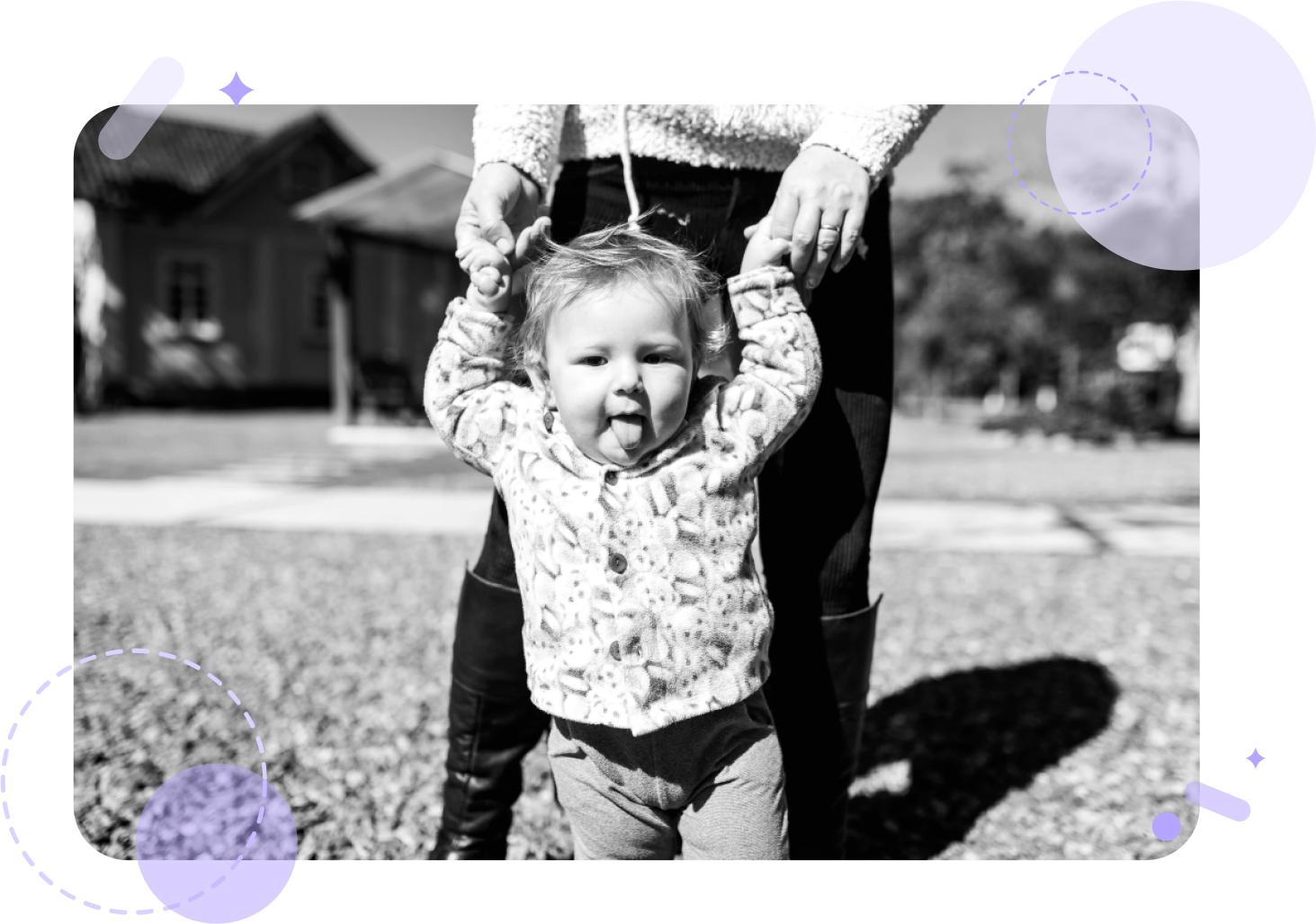
The Babinski reflex is a foot reflex that occurs naturally in babies when the sole of the baby’s foot is stroked from the base of the foot towards the toes. The baby will fan out their toes while extending their big toe upwards.
The response from your baby to this reflex indicates that your baby felt your touch. Health professionals will also test this reflex to check for nerve and muscle function.
This reflex remains present in infants until 12 – 24 months of age. The presence of the reflex beyond that may indicate damage to the nerve connection between the brain and the spinal cord that controls motor movements of the limbs and trunk, called the corticospinal tract.
Testing the Babinski Reflex
Examination of the feet, despite their small size, is an essential component of an evaluation of a newborn.
The guideline stimulation for this reflex to be triggered is a directional stroking of the edge of the foot by the side of the small toe, starting from the bottom of the foot (close to the heel) and heading towards the toes. This leads to an extension (dorsiflexion or upward movement) of the big toe. There may also be fanning of the other toes. It will take a few practice runs to perform this test properly.
Doctors commonly use the base of a reflex hammer to stroke the heel of the foot and the outside border of the sole towards the toes.
 Back
Back

